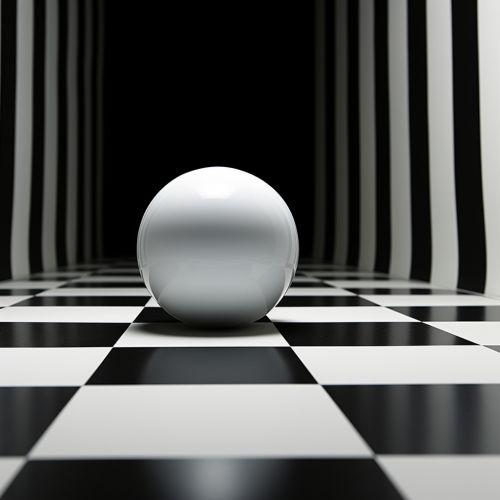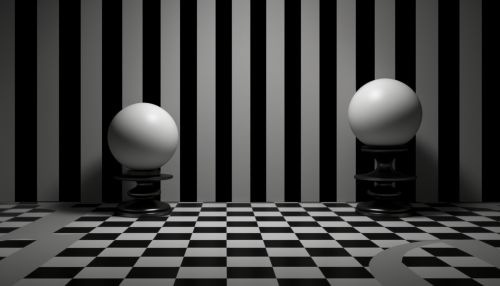Cognitive Neuroscience of Visual Illusions
Introduction
Cognitive neuroscience is a branch of neuroscience that focuses on the neural mechanisms underlying cognition and behavior. It combines the principles of neuroscience and cognitive psychology to study how the brain enables the mind. One of the fascinating areas of study within cognitive neuroscience is the understanding of visual illusions.
Understanding Visual Illusions
Visual illusions are perceptions that differ from objective reality. They are not mere optical phenomena but are deeply rooted in the cognitive processing of visual information. The study of visual illusions provides valuable insights into the workings of the visual system and the brain's cognitive processes.


Mechanisms of Visual Illusions
Visual illusions are primarily caused by the brain's interpretation of ambiguous or conflicting information from the eyes. The brain uses prior knowledge and assumptions to make sense of this information, often leading to misperceptions. These misperceptions are what we commonly refer to as visual illusions.
Bottom-Up Processing
Bottom-up processing refers to the analysis of sensory data as it is coming in. In the context of visual illusions, this means the processing of the raw visual stimuli that the eyes receive. This process is largely driven by the properties of the stimuli itself, such as brightness, color, and contrast.
Top-Down Processing
Top-down processing, on the other hand, refers to the brain's use of contextual information to organize and interpret sensory information. In visual illusions, this means the brain uses prior knowledge and expectations to make sense of the visual stimuli. This process is largely driven by cognitive factors such as attention, memory, and expectation.
Types of Visual Illusions
There are several types of visual illusions, each providing unique insights into the workings of the visual system.
Geometric Illusions
Geometric illusions involve the misperception of the size, length, or position of shapes. Examples include the Ponzo illusion, where two identical lines appear to be of different lengths due to their surrounding context, and the Ebbinghaus illusion, where a circle appears larger or smaller depending on the size of the circles around it.
Motion Illusions
Motion illusions involve the perception of motion in static images. An example is the Rotating snakes illusion, where a static image appears to be moving due to the specific arrangement of colors and shapes.
Color and Brightness Illusions
Color and brightness illusions involve the misperception of color or brightness of an object due to its surrounding context. An example is the Checker shadow illusion, where two identical colors appear to be different due to the effect of the perceived shadow.
Implications for Cognitive Neuroscience
The study of visual illusions has significant implications for cognitive neuroscience. It helps us understand how the brain processes visual information and how it uses prior knowledge and assumptions to make sense of this information. It also provides insights into the neural mechanisms underlying perception and cognition.
